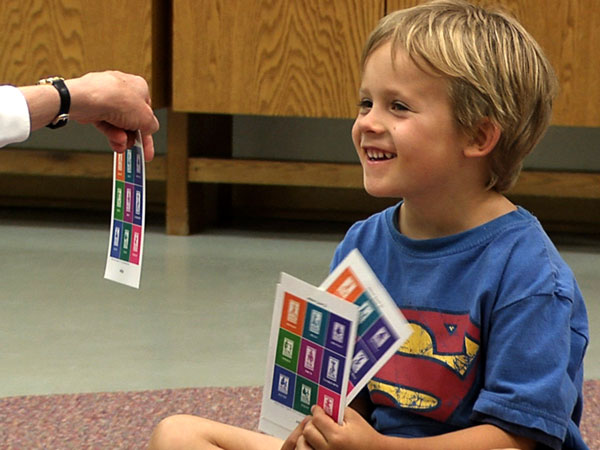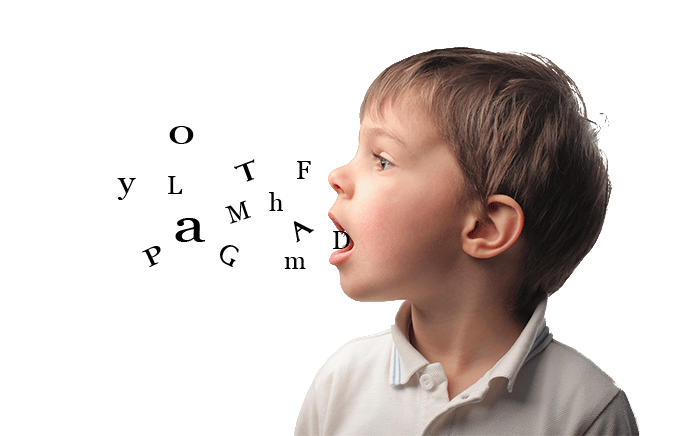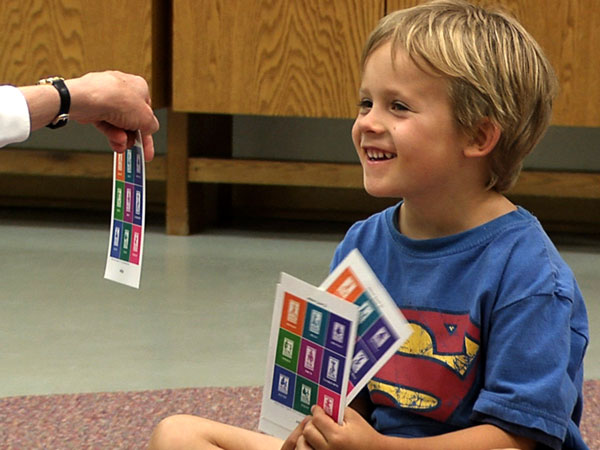What does (s)he understand?
-
He or she now hears and understands nearly everything that is said at home or at pre-school or day care.
-
Your child’s ability to hear properly all the time should not be in doubt. If you are in doubt about your child’s hearing, see an audiologist. If you are in doubt about language comprehension, see a speech-language pathologist / speech and language therapist.
What does (s) he speak?
-
Your preschooler will speak more clearly and will use even more words, often in more complex sentences of about
 six words or more for examples. Mom went to the supermarket but I couldn’t go with her. We visited grand ma since she was sick.
six words or more for examples. Mom went to the supermarket but I couldn’t go with her. We visited grand ma since she was sick. -
You’ll be able to understand what (s) he’s saying all the time.
-
His/her pragmatic skills are really good that he can stick to a topic of his/her imagination and talk.
-
You probably experience that they have difficulties with certain sounds such as /r/,/th/, and /v/.(s)he admires the gathering of peers.
How can I help my child?
-
Give full attention to your child when (s) he is speaking. Let him/her feel that you’re always attentive to him/her speech. Praise and encourage him/her after speaking.
-
Before you speak to your child be sure to get his/her full attention. Don’t accelerate your speaking. Pause; allow him to respond to what you have said. Repeat, if (s) he hasn’t understood.
-
This is the best periods to work on lexical items in categories such as vegetables, fruits, animals, shapes, vehicles, house hold items, food items and so on. Build on your child’s vocabulary when you teach the categorization .for an e.g.: What can we see on the road? We can see car, bus, these are called Vehicles, Car is a vehicle, bus is another kind of vehicle. So what is the train?

-
Teach your child other concepts using the items categories. Make him sort out what are same and different.
-
(s)he is ready to sort items into categories on subtle differences such as vehicles into what goes in the water/air, cloths into women/men/children ware, house hold items into wooden/electronic appliances, hot and cold beverages. The child will learn multiples concept with sorting items.
-
Move to odd man out!!!! Ask the child what is different? Why it doesn’t belong in the given category. Let him explain why the item doesn’t’ belong.
-
Pretend that you don’t know how to play the game, follow his/her instruction to play. Do mistakes and allow him/her to correct you. Your child would value him/herself and (s) he will try to communicate more and more.
-
Give him/her two steps commands such as take your shoes off and keep on the rack. Take home work out and keep the bag on your table.
-
Make him/her involve in works like making juice, baking cake, painting, cleaning the floor and ask him/her how to make orange juice .Help him to explain steps. When playing with doctor set, cars, vegetable market ask them how did they give medicines? how did they shop? Write down, draw their steps as (s) he tells it. Your child will attempt to narrate stories and soon will build up interest to write letters.
-
Expand monologue to role play dialogues. Act different roles with the child. Explore new scenarios of acting, express new verbs, adjectives and how to combine them to a sentences.
-
Find the most interesting story with your child. Read, enact the story, make him actively participate in the story. Ask him/her WH questions (who, what, when, where, why) help him to predict what will happen next in the story.
-
Encourage your child to ask for explanation of new words (s) he heard.
-
Use pictures, story books, real situation to teach him/her spatial relationships (first, middle, last, left right) opposites (up and down, big and little, heavy and light) Use real life examples as much as possible.
-
Do guessing game with him. Give clues, and description about what is (s)he going to eat Where are they going, eg. your favorite with milk expecting the answer “chocos”
-
Make your child involve in plans and discussion at home . Get his/her suggestion in making list f or shopping, birthday celebrations, and festivals. What do you want to buy from the supermarket?
Your correct guidance would not only help in communication skills but also would improve the social and cognitive behavior of the child.
